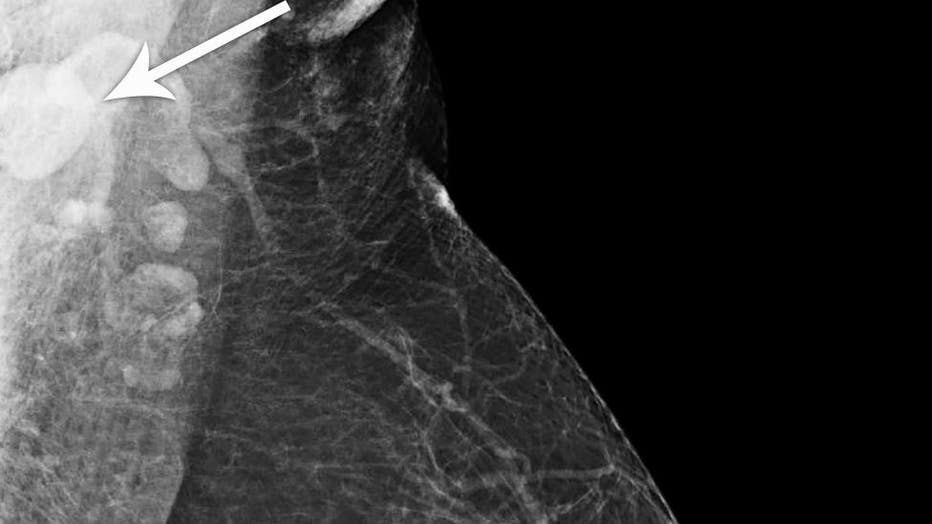


MIS-C can cause different problems in different kids. Go to the ER right away if your child looks very sick, has trouble breathing, has chest pain, has very bad belly pain, looks bluish in the lips or face, or is very sleepy or confused. Kids with this inflammatory syndrome may quickly get worse. If your child has any of these symptoms, call your doctor. Symptoms that have been seen in kids include: Doctors are trying to find out how these symptoms are related to coronavirus infection. Multisystem inflammatory syndrome in children (MIS-C) causes symptoms that are due to inflammation (irritation, pain, swelling) throughout the body. What Are the Signs of Multisystem Inflammatory Syndrome in Children (MIS-C)? Doctors are calling this multisystem inflammatory syndrome in children (MIS-C). But some children have developed more serious symptoms, sometimes several weeks after being infected with the virus. 2020 323:1239–1242.Also called: Pediatric Multisystem Inflammatory Syndrome (PMIS) Pediatric Inflammatory Multisystem Syndrome (PIMS) What Is Multisystem Inflammatory Syndrome in Children (MIS-C)?Ĭoronavirus (COVID-19) seems to usually cause a milder infection in kids than in adults and older people. Characteristics of and Important Lessons From the Coronavirus Disease 2019 (COVID-19) Outbreak in China: Summary of a Report of 72 314 Cases From the Chinese Center for Disease Control and Prevention. Excess Deaths Associated with COVID-19, by Age and Race and Ethnicity - United States, January 26-October 3, 2020. Rossen LM, Branum AM, Ahmad FB, Sutton P, Anderson RN. Early Transmission Dynamics in Wuhan, China, of Novel Coronavirus-Infected Pneumonia. Li Q, Guan X, Wu P, Wang X, Zhou L, Tong Y, Ren R, Leung KSM, Lau EHY, Wong JY, Xing X, Xiang N, Wu Y, Li C, Chen Q, Li D, Liu T, Zhao J, Liu M, Tu W, Chen C, Jin L, Yang R, Wang Q, Zhou S, Wang R, Liu H, Luo Y, Liu Y, Shao G, Li H, Tao Z, Yang Y, Deng Z, Liu B, Ma Z, Zhang Y, Shi G, Lam TTY, Wu JT, Gao GF, Cowling BJ, Yang B, Leung GM, Feng Z. Director-General’s opening remarks at the media briefing on COVID-19. Pneumonia of unknown aetiology in Wuhan, China: potential for international spread via commercial air travel. All rights reserved.īogoch II, Watts A, Thomas-Bachli A, Huber C, Kraemer MUG, Khan K. Published by Baishideng Publishing Group Inc. Further studies are needed to better characterize the importance of mediastinal lymphadenopathy in patients with COVID-19 infection.ĬOVID-19 Coronavirus disease complications Long term coronavirus disease-sequala Lymph node enlargement Mediastinal lymphadenopathy Novel corona virus. We summarized the literature which suggested or investigated the mediastinal lymph node enlargement in patients with COVID-19 infection. Mediastinal lymph node enlargement is not a typical computer tomography of the chest finding of patients with COVID-19 infection. It is commonly found to be associated with malignant diseases, sarcoidosis, and heart failure. Mediastinal lymphadenopathy can be found due to infectious or non-infectious etiologies. Chest imaging in patients with COVID-19 commonly show bilateral lung involvement with bilateral ground-glass opacity and consolidation.

Patients with COVID-19 infection typically had pulmonary manifestation but can also present with gastrointestinal, cardiac, or neurological system dysfunction. A novel coronavirus disease 2019 (COVID-19) is a progressive viral disease that affected people around the world with widespread morbidity and mortality.


 0 kommentar(er)
0 kommentar(er)
